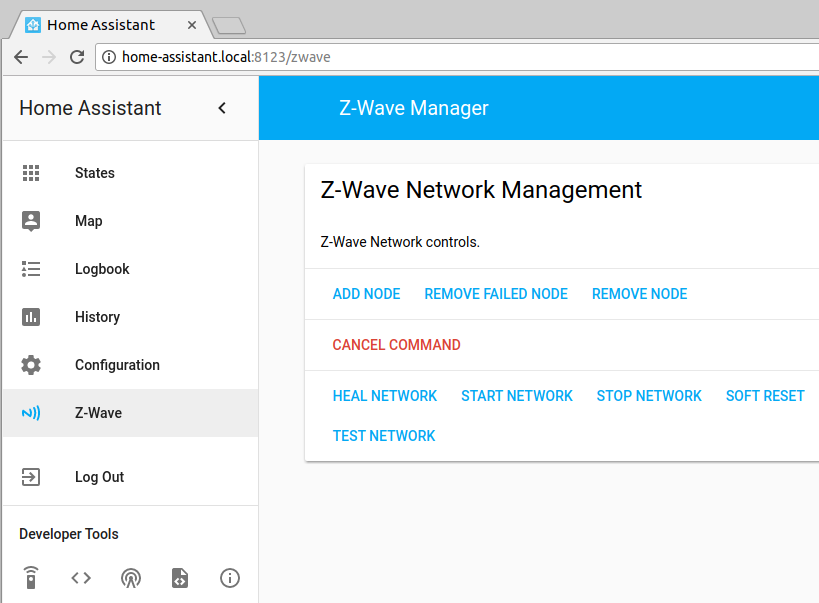

The easiest installation, its own backup configuration system Unfortunately, the project is closed, and no more builds based on fresh Raspbian distributions with new versions of Home Assistant installed on them are released. Hassbian, in turn, is a Raspbian distribution with the Home Assistant server already installed in a virtual Python environment. Therefore, having installed Hass.io on the microcomputer, you won’t be able to use it for other tasks despite the fact that Raspberry Pi 4 has enough power to run not only Home Assistant but also a couple of other services. It may seem that Hass.io is an ideal option for a beginner, but the project has a big disadvantage: the user is not given administrative access to the operating system.

The image contains the operating system, a ready-to-use Home Assistant, and its own addon manager which allows performing all Home Assistant configuration manipulations directly from the web-interface. This project offers pre-configured images for the most popular microcomputer models (currently supporting the entire line of Raspberry Pi, Asus TinkerBoard, several Odroid models, and a range of Intel NUC computers).

Hass.io is worth talking about separately. You can manually install it to a Python virtual environment or deploy it in a Docker container, or you can use the Hass.io or Hassbian distributions. You can install Home Assistant in different ways.
Hass.io is a collection of docker containers that make HA easy to install and use, as well as allowing you to extend its functionality with a large number of community-supported Hass.io add-ons. Home Assistant (HA) is a fast-developing home automation system written in Python with a huge list of supported hardware and services. You can watch the video above to see how I implemented this easy fix. PiHole is no longer a sensor but instead a platform with a suite of sensors. The fix is relatively easy and it actually simplifies the configuration in your yaml by removing a lot of the superfluous entries. That’s when a breaking change was introduced. It’s rock solid on the Zero and the Home Assistant integration worked all the way up to version 0.99 of Home Assistant. We use it for DHCP and DNS services in addition to the blacklisting service. In my Smart Home, we run it on a Raspberry Pi Zero that my friend Jacques Bensimon purchased for a buck at MicroCenter. If you are not familiar with Pi Hole, it is open source ad blocking software that you can run on almost any device (famously, a raspberry pi) and use it to block malware, advertisements, tracking cookies and other internet annoyances. For a few months now, people have been letting me know that my house bot ( has been tweeting out broken stats on the ad blocking on our network. Not the actual Pi Hole service but the integration with Home Assistant. My Pi Hole has been broken for a while now.







 0 kommentar(er)
0 kommentar(er)
